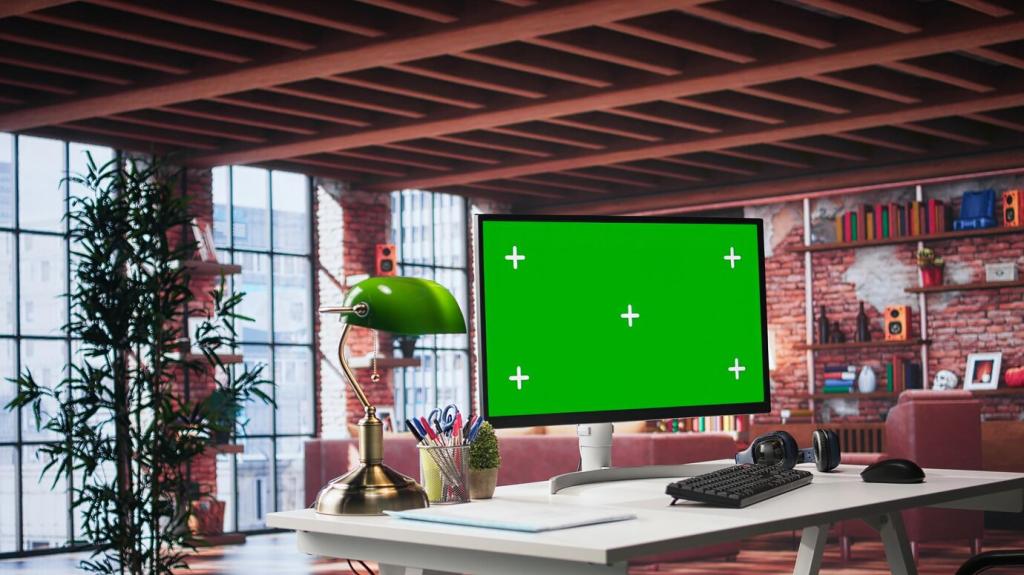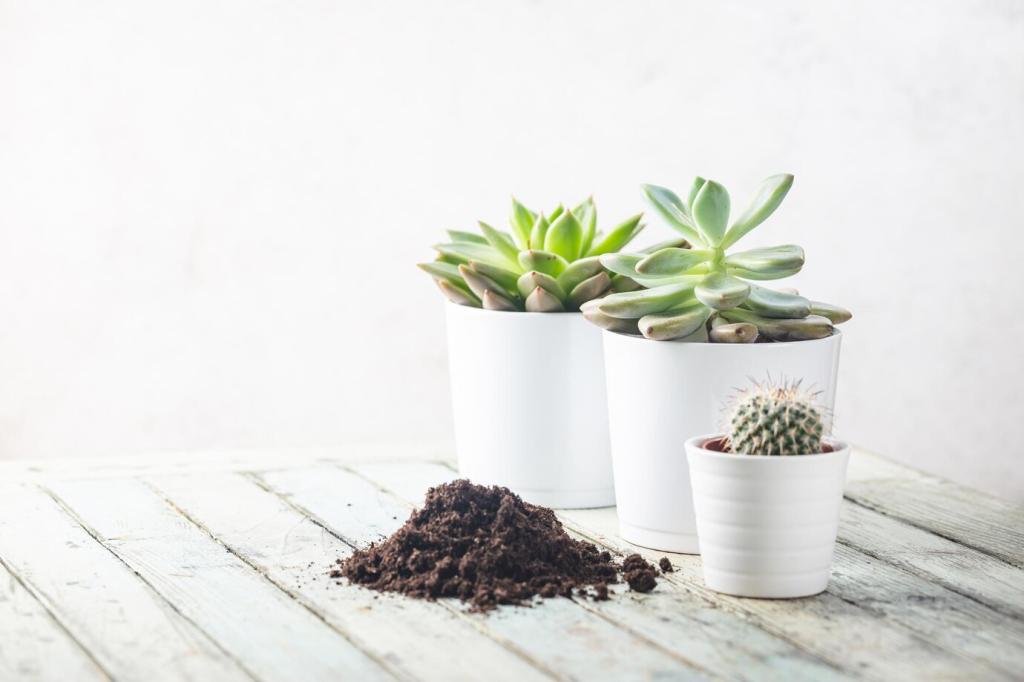Decluttering Strategies for Minimalist Spaces: Start Fresh, Live Light
Chosen theme: Decluttering Strategies for Minimalist Spaces. Step into a calmer home with practical methods, gentle mindset shifts, and simple habits that help you keep only what serves your life with intention.
Begin With Purpose: A Minimalist Vision That Guides Every Decision
Write a short vision for your minimalist space that emphasizes calm, focus, and freedom. Research suggests visual clutter competes for attention, raising stress. A clear purpose helps you resist impulse keeping and keeps momentum when emotions tug.
Begin With Purpose: A Minimalist Vision That Guides Every Decision
Choose supportive limits, like a cap on mugs or books you actively love. One reader, Maya, found peace limiting her wardrobe to favorites, freeing mornings from decision fatigue and opening time for an early walk.
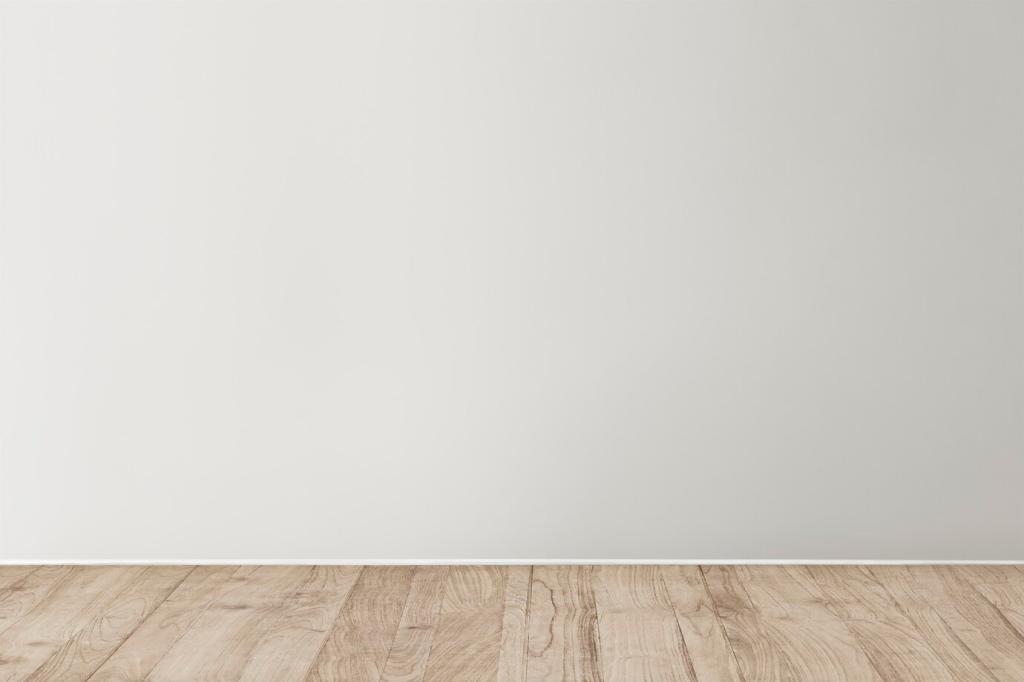
Room-by-Room Minimalist Blueprint: Calm From Entryway to Bedroom
Start where you arrive. Create a drop zone with a tray, hook, and tiny mail station. Remove decor that crowds sightlines. A serene entry resets your nervous system and sets a minimalist tone for the entire home.
Room-by-Room Minimalist Blueprint: Calm From Entryway to Bedroom
Limit counters to daily tools only. Stow seldom‑used gadgets. Wipe surfaces nightly during a two‑minute reset. Many readers report eating healthier when counters are clear because prepping food becomes simpler and more inviting.

Design for Frictionless Tidying
Place everyday items where you use them, at the height you reach them. When returning an item is effortless, clutter rarely forms. A reader shared that moving the toolbox to the hallway shelf ended random drawer chaos.
Transparent Bins, Light Labels, and Honest Limits
Use clear containers and simple labels so inventory is obvious at a glance. Set a one‑bin limit per category. When a bin fills, review rather than buy more storage. Limits protect space and your future time.
Furniture That Works Hard Without Visual Noise
Choose pieces with clean lines and closed storage to hide essentials, not excess. Avoid over‑organizing micro‑containers. Empty shelves are not wasted; they are breathing room for your eyes and your schedule.
Sentimental and Paper Clutter: Gentle Methods for Tough Categories
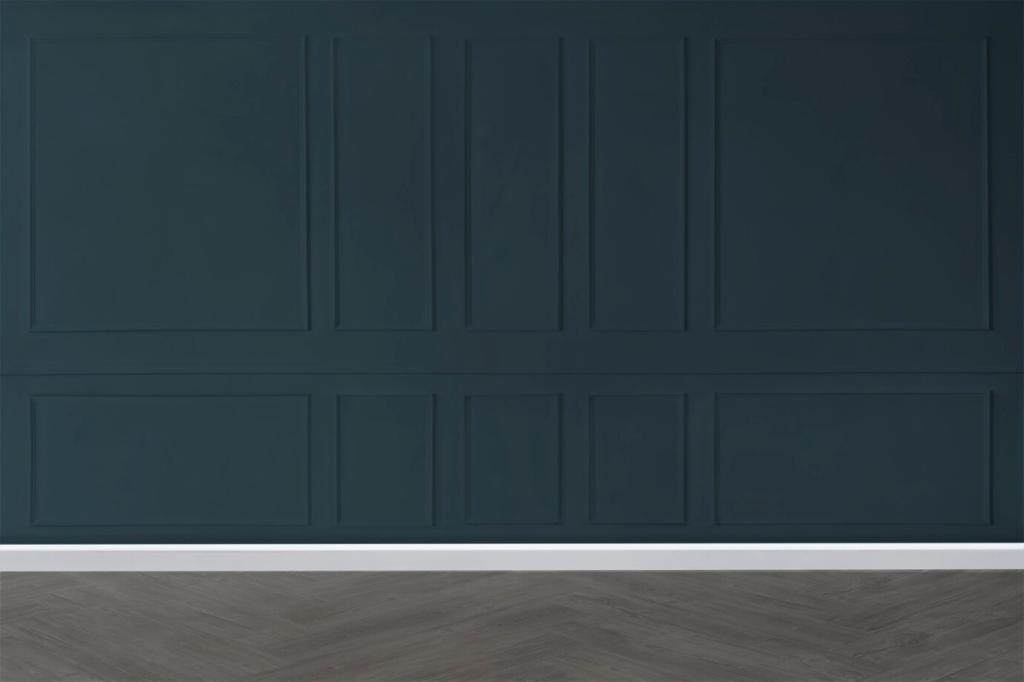
Create a Memory Box With Clear Edges
Choose a beautiful, finite box for keepsakes. Curate by meaning, not guilt. Photograph bulky items and keep the story. One subscriber cried with relief after releasing trophies while saving a handwritten note from her grandmother.
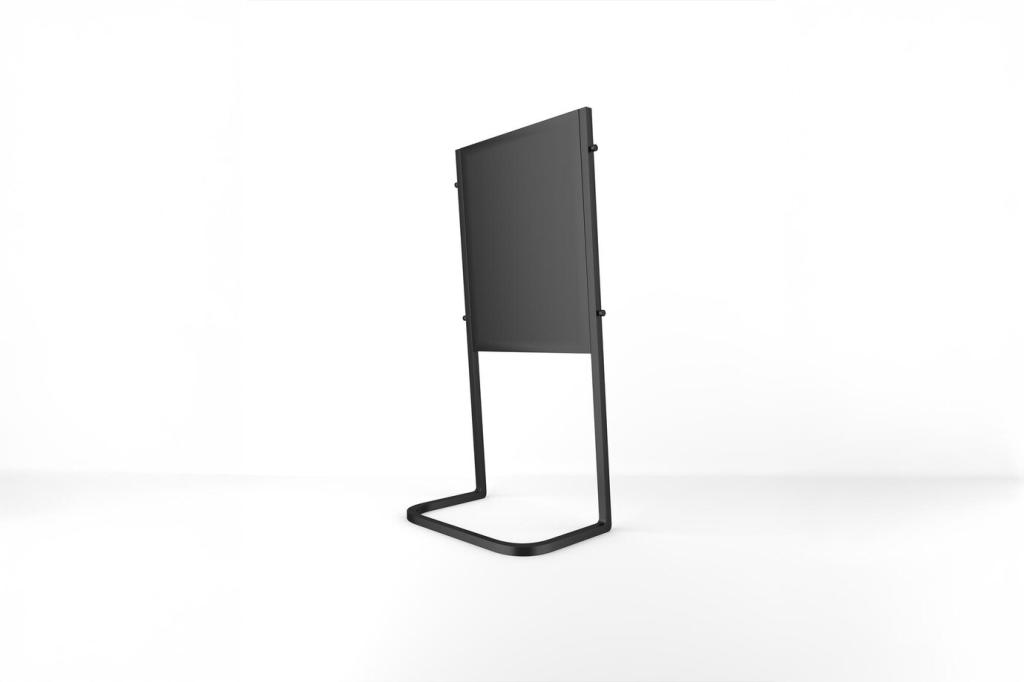
Digitize Documents and Display Stories, Not Stacks
Scan vital papers and store them with secure backups. Keep only what requires an original. Display one treasured photo or letter at a time, rotating seasonally so memories are honored without becoming clutter.
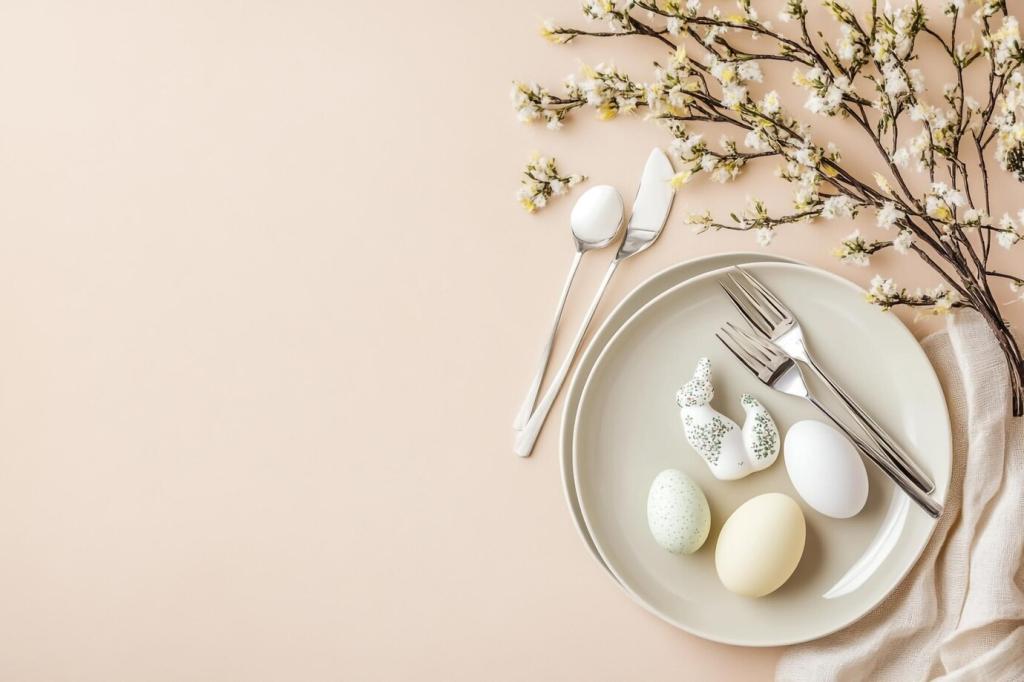
Rituals for Letting Go With Gratitude
Before releasing an item, thank it for what it taught you. Write a one‑sentence memory, then donate with intention. Share your ritual in the comments to encourage someone wrestling with their own sentimental shelf.

